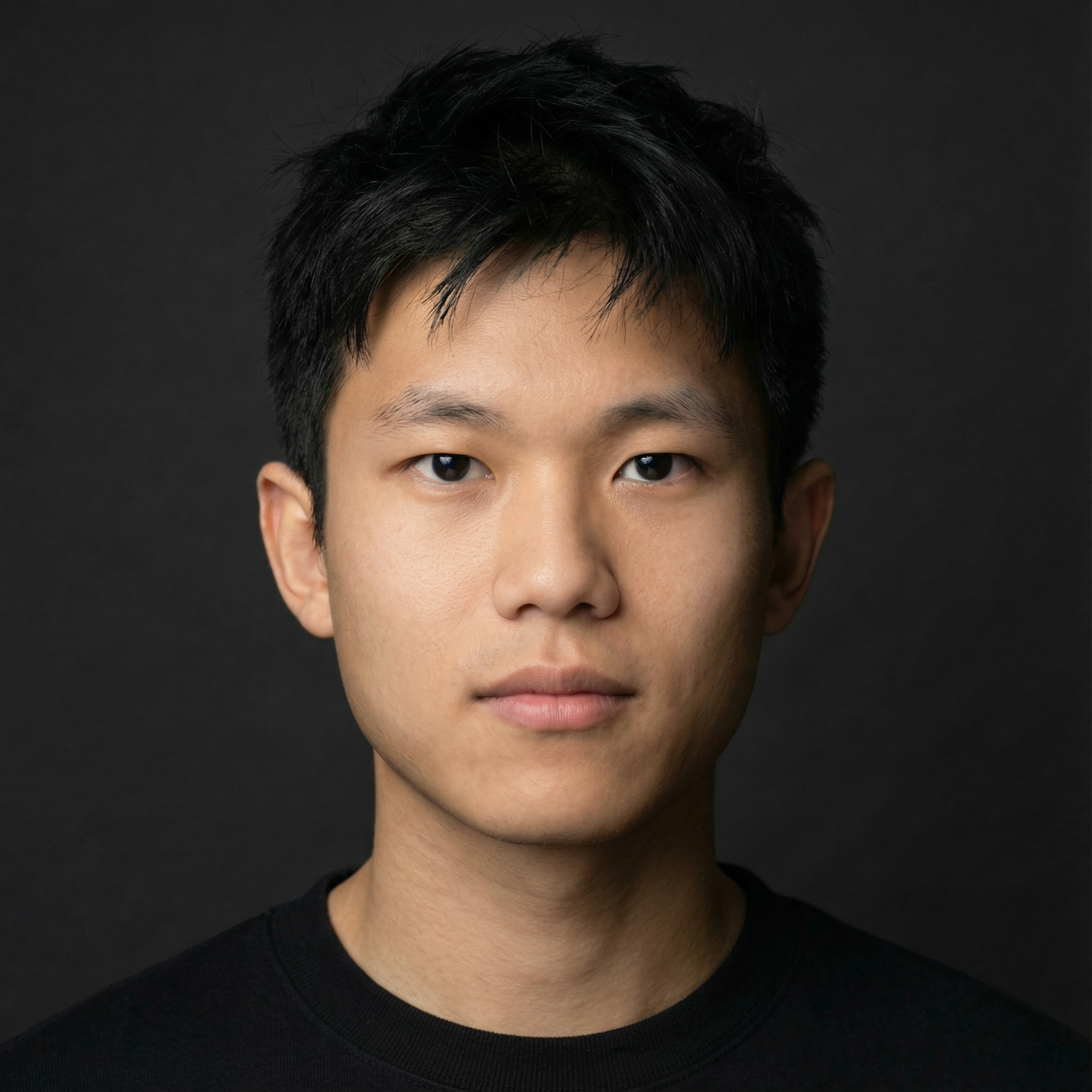Jeremy Z Yang
Assistant Professor of
Business Administration
at Harvard Business School

home. cv. research. personal. contact
research
I am broadly interested in the economics of AI, machine learning, and causal inference for managerial problems.
My recent interests include the use cases, evaluation, and optimization of AI agents; the use of LLMs to automate workflows such as hypothesis generation and A/B testing; and the diffusion and business impact of generative AI.
working paper
The Adoption and Usage of AI Agents:
Early Evidence from Perplexity
[paper] [media] [summary]
Jeremy Yang, Noah Yonack, Kate Zyskowski, Denis Yarats, Johnny Ho, Jerry Ma
publication
Engagement that Sells
[paper] [code] [slides] [talk] [media]
Jeremy Yang, Juanjuan Zhang, Yuhan Zhang
Marketing Science (2024)
- IP Registered under MIT License for Commercialization (2024/7)
- JMS China Annual Conference Best Paper Award (2021/11)
- MSI Alden G. Clayton Doctoral Dissertation Award (2021/5)
- MIT Sloan Doctoral Research Forum Thesis Prize (2021/4)
Targeting for Long-Term Outcomes
[paper] [code] [slides] [talk] [media]
Jeremy Yang, Dean Eckles, Paramveer Dhillon, Sinan Aral
Management Science (2023)
- INFORMS ISMS Frank M. Bass Dissertation Paper Award (2025/6)
- Finalist, INFORMS ISMS John D. C. Little Best Paper Award (2025/6)
- American Statistical Association Dissertation Award (2021/1)
- INFORMS Annual Meeting Best Paper Award (2020/11)
- Accepted for Presentation at the NeurIPS Conference (2019/12)
Interdependence and the Cost of Uncoordinated Responses
to COVID-19
[paper] [code]
David Holtz, Michael Zhao, Seth G. Benzell, Cathy Y. Cao, M. Amin Rahimiana, Jeremy Yang, Jennifer Allen, Avinash Collis, Alex Moehring, Tara Sowrirajan, Dipayan Ghosha, Yunhao Zhang, Paramveer S. Dhillon, Christos Nicolaides, Dean Eckles, Sinan Aral
Proceedings of the National Academy of Sciences (2020)
work in progress
Using Multimodal LLM to Discover and Validate
Novel Causal Features from Unstructured Data